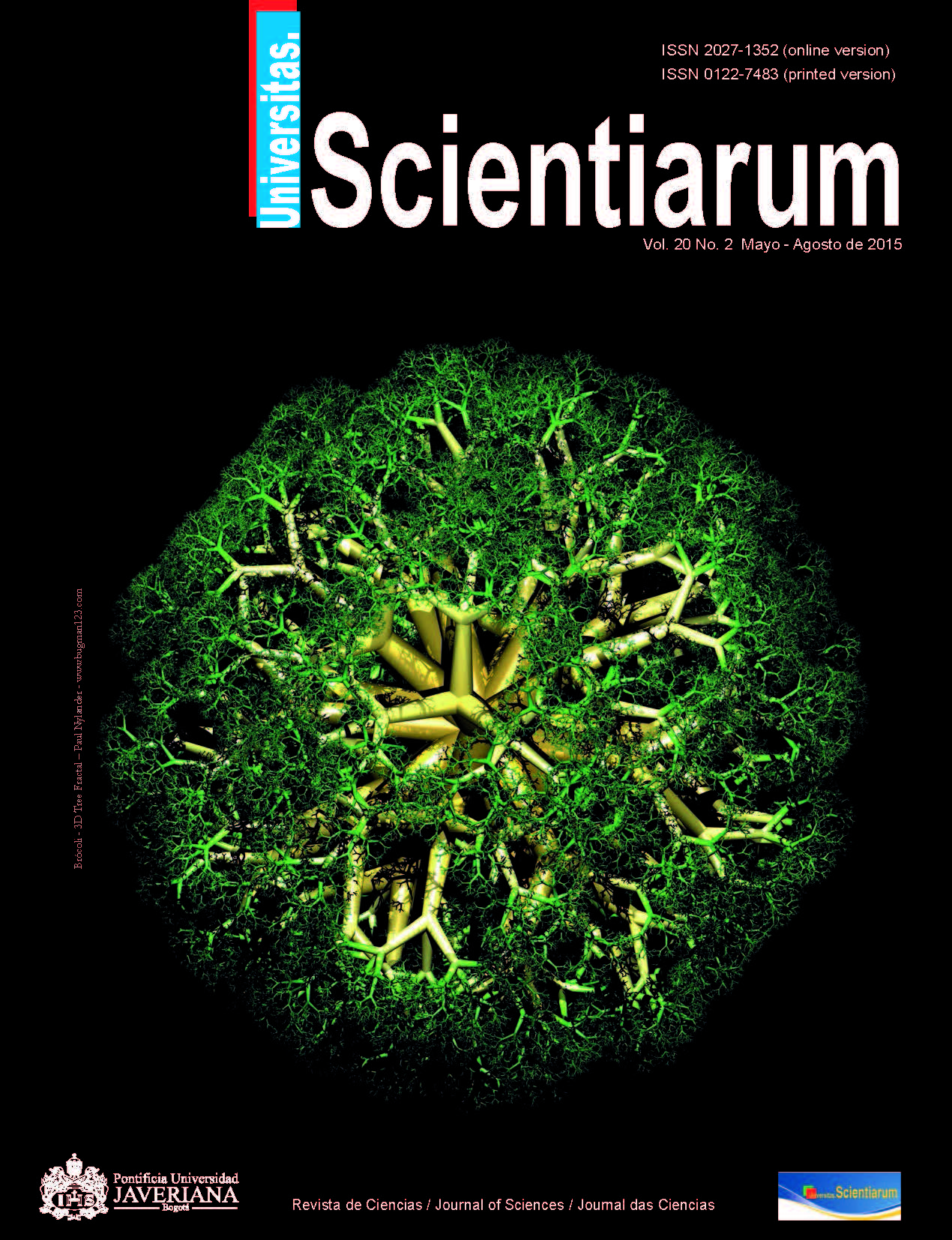Synthesis and in vitro Evaluation of Antifungal Properties of Some 4-Aryl-3-Methyl-1,2,3,4-Tetrahydroquinolines Derivatives
##plugins.themes.bootstrap3.article.details##
Two series of 4-aryl-3-methyl-1,2,3,4-tetrahydroquinoline derivatives were efficiently synthesized according to a two-step synthesis and evaluated as potential antifungal agents. The key step was the formation of the corresponding N-benzyltetrahydroquinolines 5 via a three-component cationic imino Diels-Alder cycloaddition. The second step was a catalytic debenzylation to obtain the N-unprotected tetrahydroquinolines 6. The products were isolated and purified by column chromatography. Substances were characterized using nuclear magnetic resonance (NMR) mass spectrometry (MS) and infrared spectroscopy (IR). All compounds were tested in vitro against standardized, clinically important fungi, including yeasts, hialohyphomycetes, and dermatophytes. These studies showed that between the tetrahydroquinoline series tested, compounds 6f and 6g showed antifungal activity, specifically against dermatophytes. The compound 6-methoxy-4-(4-hydroxi-3-methoxyphenyl)-3-methyl-1,2,3,4-tetrahydroquinoline 6g exhibited the best in vitro activity (MIC 32-65 μg/mL). The results indicated that the elimination of benzyl group from the N-benzyltetrahydroquinolines derivatives, as well as the introduction of a hydroxyl group in the 4-aryl substituent caused a significant improvement in the antifungal activity. These results were supplemented by the in silico prediction; most of the tetrahydroquinolines evaluated showed high bioavailability, high drugs score and low potential risk.
antifungal activity, tetrahydroquinolines, cationic imino Diels-Alder reaction, Lipinski’s rule, propenylbenzenes


